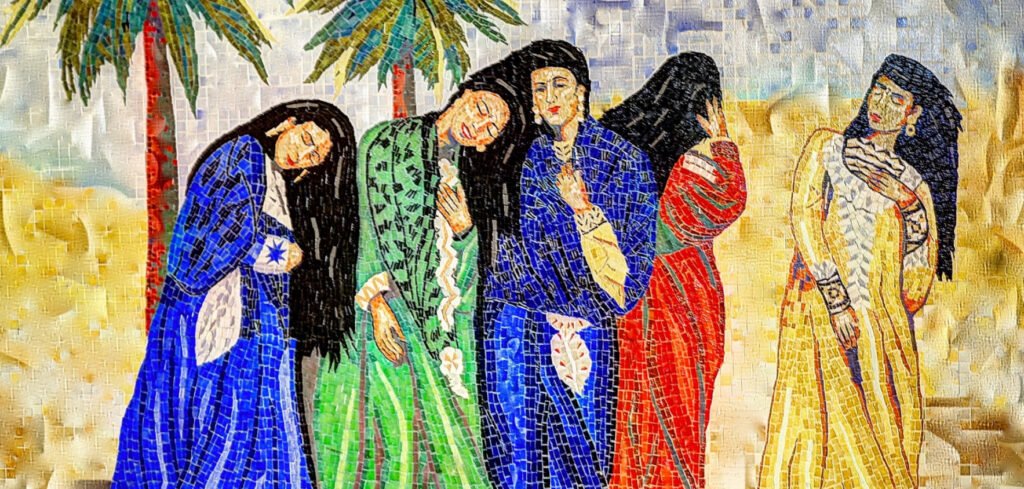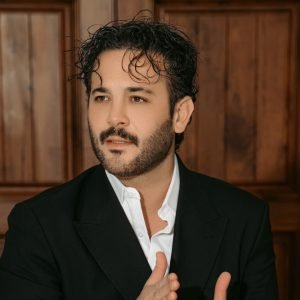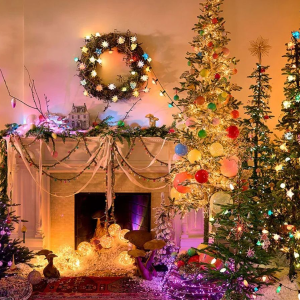In studios lit by glowing screens and on digital canvases layered with meaning, a new wave of young artists across the UAE is transforming how we engage with history. Armed with creativity and cutting-edge technology, these visionaries are not merely reflecting on the past—they’re reimagining it for the digital age.
Digital art has emerged as more than a trend in the Emirates—it’s become a cultural dialogue. Through immersive experiences, virtual reconstructions, and AI-generated imagery, young creatives are finding fresh ways to connect heritage with contemporary identity.
Rewriting the Past in Pixels
To 24-year-old Aaliyah Al Suwaidi, history isn’t static—it’s a living entity waiting to be rediscovered. Her latest project—a virtual reality journey through the UAE’s pearling era—invites users to explore old souks, ports, and traditions through an entirely digital lens. For her, the goal is simple: “Make history feel personal again.”

Rather than relying solely on textbooks or museums, Aaliyah believes that digital storytelling has the power to stir deeper emotional connections. “We’re visual and interactive learners,” she says. “When people can walk through history, they feel it, not just learn about it.”
Where Heritage Meets Innovation
Across the country, a growing number of events and collectives are embracing this hybrid of tradition and innovation. National exhibitions are increasingly featuring digital installations that blend cultural motifs with modern techniques, offering alternative narratives shaped by the imagination of youth.


One such example is a space-themed installation that intertwines ancient Emirati astronomy with futuristic space exploration concepts. These aren’t just creative expressions—they are reinterpretations of legacy, told through the lens of aspiration and progress.
Curators are beginning to view these efforts not just as art, but as acts of cultural preservation. By blending new media with traditional stories, artists are keeping heritage alive in ways that resonate with younger, tech-savvy audiences.
Digital Tools, Real Emotions
Although the medium is digital, the outcomes are deeply human. From 3D renderings of lost landmarks to interactive timelines that allow users to explore key historical events, these projects spark curiosity and emotional engagement.
Take Omar Farid, a 27-year-old from Abu Dhabi, who reconstructs demolished landmarks using 3D software. His virtual recreations serve as both homage and educational tools. “I never saw the old forts or fishing villages, but I can build them from memory, photographs, and imagination. It’s my way of preserving what we’re at risk of forgetting.”
His work has become especially popular among schools and cultural centers eager to make heritage accessible through innovation.
The Role of NFTs and Blockchain
Beyond immersive experiences, many young artists are also diving into the world of NFTs and blockchain to share their work globally. These platforms offer a space to explore Emirati themes in new formats—from digital tapestries of Bedouin life to animated sequences symbolizing the country’s rapid transformation.
Each piece often tells a layered story. For example, one artwork might depict a falcon soaring through sandstorms before morphing into a jet plane—symbolizing strength, tradition, and the future all at once.
These digital collectibles offer more than monetary value. For artists, they’re a way to cement a moment in cultural evolution, preserving heritage while reaching a global audience.
Youth at the Forefront
What sets this movement apart is the age of its leaders. Most of these artists are in their early 20s, fluent in both digital language and cultural symbolism. Their tools may be new, but their stories are deeply rooted.
Workshops at local art studios and mentorship programs are equipping these young creatives with both technical skills and a deeper understanding of cultural nuance. Many of them aim to develop an authentic voice that doesn’t just replicate Western digital styles but creates something distinctly Emirati.
Reem Ahmed, a 22-year-old university student, is working on a digital storybook that fuses ancient folklore with futuristic aesthetics. “We’re not erasing the past—we’re extending it,” she says.
Challenges and the Road Ahead
Still, navigating this path isn’t without challenges. Issues of cultural sensitivity, recognition, and access to funding can make progress slow. Some traditionalists question whether digital art holds the same value as physical forms. But perceptions are shifting.
“There was a time when people didn’t take digital art seriously,” Aaliyah notes. “Now, more platforms and galleries are giving us space to showcase. We’re not just artists—we’re storytellers, educators, and archivists.”
With growing public interest and institutional support, the future looks bright for this intersection of heritage and technology. The hope is that even more young voices will emerge, using digital tools to explore who they are and where they come from.
Conclusion: A Living History
In the UAE, history is no longer confined to glass cases or printed pages. It’s fluid, evolving, and alive—brought to life by artists who understand that to honor the past, you must engage with it, question it, and above all, reimagine it.
What we are witnessing is not merely a new art trend—it’s a cultural shift. A way for a generation to root itself in heritage while reaching toward the future. Through digital art, these young creators are offering the nation not just a reflection, but a vision.
And that vision is bold.
Read More: Chill Out in Style: Ice Skating at Abu Dhabi Ice Rink














